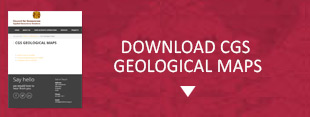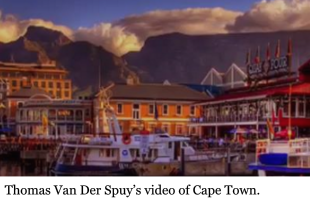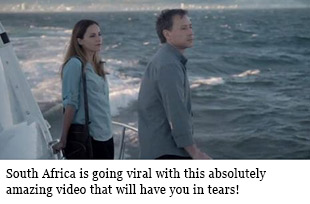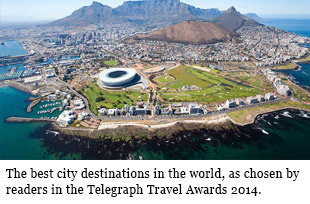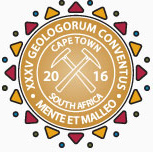
35TH INTERNATIONAL GEOLOGICAL CONGRESS
27 AUGUST - 4 SEPTEMBER 2016 | CAPE TOWN, SOUTH AFRICA
Sponsors
Keystone Sponsor
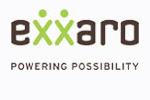

Diamond Sponsor


Gold Sponsor


Silver Sponsor



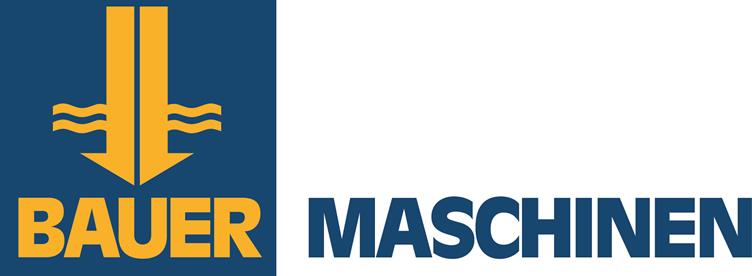




Business Centre Sponsor


Publication Sponsor




Social Function


Plenary Speaker Sponsor


Speaker Gift Sponsor


Post Graduate Fund


Registration


Welcome Drinks
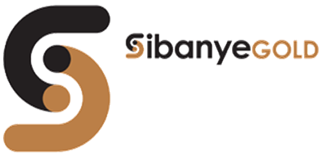

Lunch Time Drinks
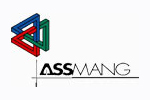

Publication &
35 IGC SAGPGF
35 IGC SAGPGF

35 IGC SAGPGF




MY IGC APP


Symposium Sponsor
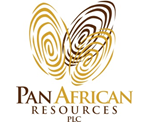
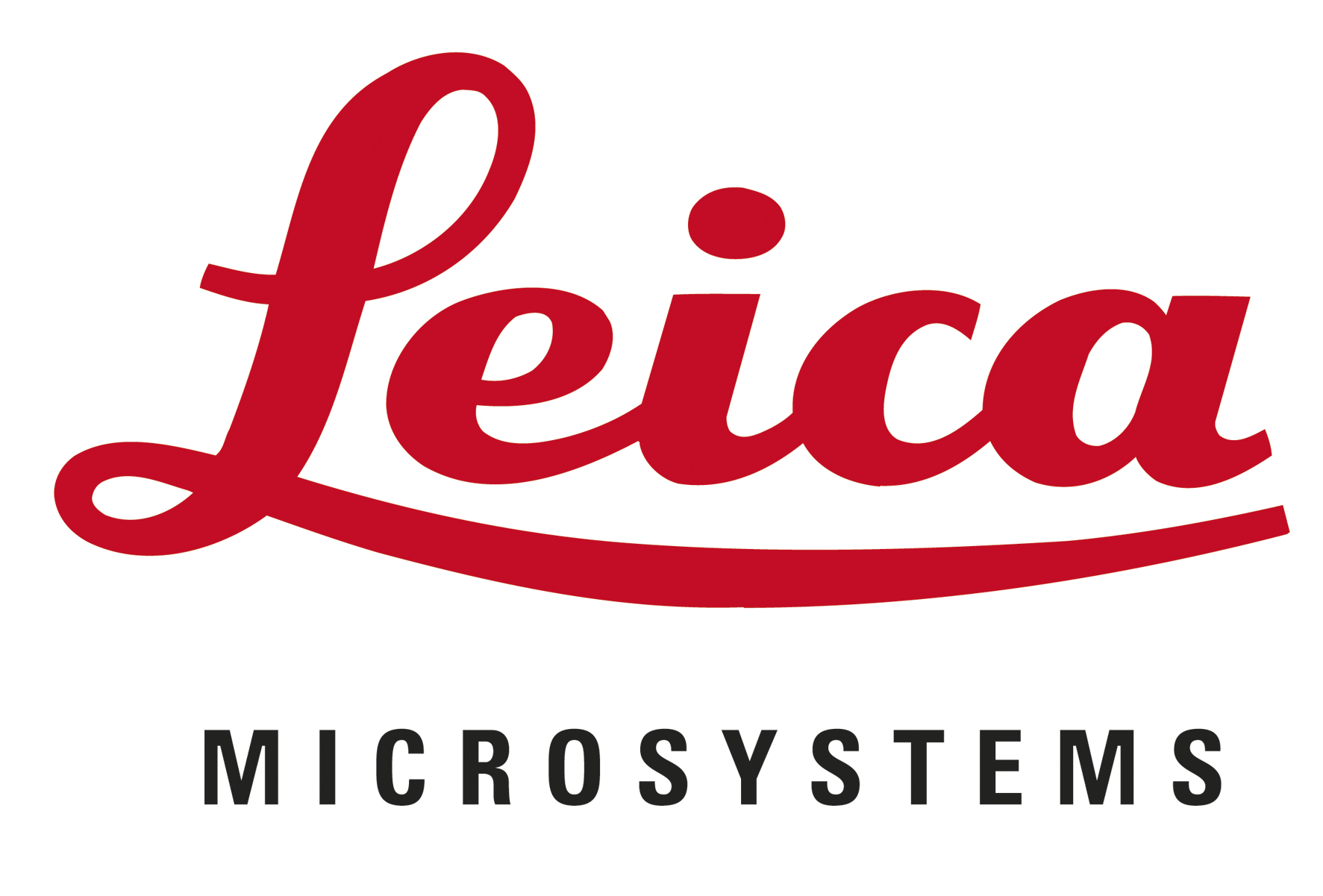


Audit Sponsor
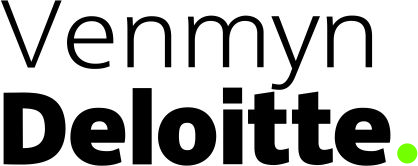

35TH INTERNATIONAL GEOLOGICAL CONGRESS
27 AUGUST - 4 SEPTEMBER 2016 | CAPE TOWN, SOUTH AFRICA
My IGC
Symposium Details
| Title | Description | Convenors |
|---|---|---|
| Remote sensing of mining environments | With respect to mining, active, reclaimed or abandoned, Remote Sensing methods, including airborne geophysics, can contribute, in a risk assessment perspective to : • The identification and mapping of pollution sources, e.g. tailings dams and heaps, waste rocks, infrastructures • The identification and mapping of pollution dispersal pathways, e.g. natural and artificial drainage • The identification and mapping of receptors at risk • The identification, characterisation and mapping of contaminated areas, e.g. contamination plumes, contaminated soils, contaminated surface waters. Together with other Earth Observation (EO) methods and tools (such as geochemistry, in situ measurements…), it offers a unique opportunity to collect and process spatial information to monitor and assess each phase of the mining cycle. It can contribute to help improving raw material policy and better exploiting mineral resources from the territory of mineral supplying countries, as well as to demonstrate how to improve their capacity in implementing new mining sites. The combination of RE, EO and GIS could be an appropriate response to decision makers demand since these tools can easily associate ongoing monitoring data, environmental database layers and regulatory requirements, a set of information that can be exploited through the use of automatic and custom GIS queries. | Stéphane Chevrel |
 Field trips
Field trips  Sponsorship & expo
Sponsorship & expo  Registration
Registration Tours
Tours  Promotion
Promotion 

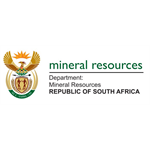












 Conference Programme
Conference Programme  Field trips
Field trips  Sponsorship & expo
Sponsorship & expo  Volunteer
Volunteer  GeoHost
GeoHost  Registration
Registration Tours
Tours  Promotion
Promotion  Publications
Publications


